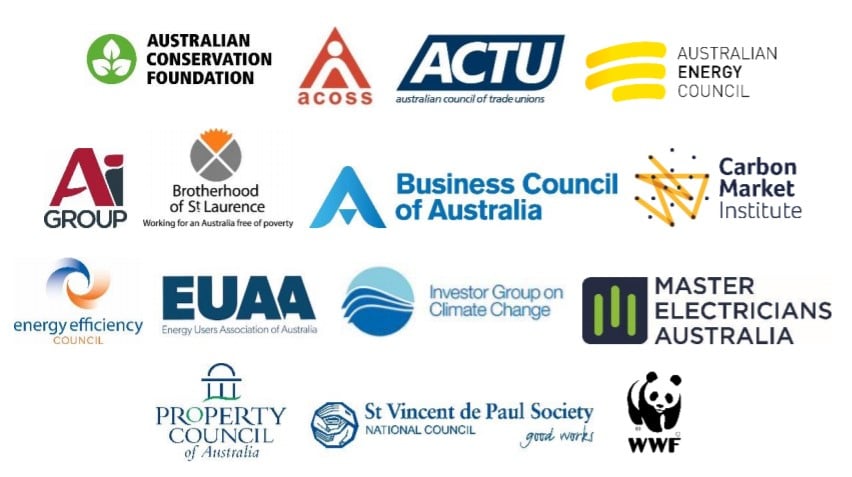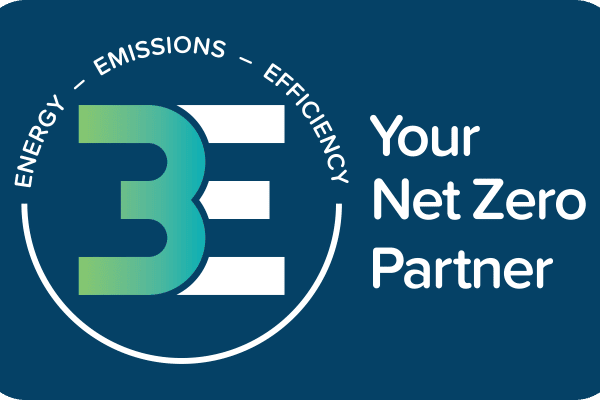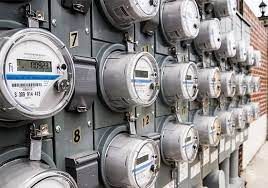Joint-statement by diverse group of organisations urges governments to invest in energy efficiency: key to economic recovery and net zero ambitions
The Energy Efficiency Council (EEC) released a joint statement (25 May, 2020) – Building a Stronger and Cleaner post-pandemic Australia. The peak body urges governments to bolster jobs and economic recovery strategies with energy conservation measures to reduce emissions and successfully transition to a low-carbon / net-zero emissions economy.
The statement – which has been endorsed by various peak industry bodies and interest groups including the Property Council of Australia, Business Council of Australia and AI Group among others – highlights some of the many opportunities for investment in energy efficiency and improvements to built environments across Australia.
Download the EEC’s joint statement: Pandemic response and long term priorities – 25 May 2020.
See below for an extract from the full statement
Building a stronger and cleaner post-pandemic Australia
Our diverse organisations together call for support for COVID economic recovery to urgently stimulate jobs and to rebuild a sustainable and strong economy.
Australia faces a public health emergency with immediate economic impacts as well as longer-lasting global economic pain.
Beyond the pandemic, Australian prosperity also depends on dealing with other long-term challenges – including the transition to net zero emissions. Economic recovery efforts can and should contribute to addressing these long term challenges. Our organisations encourage governments to bolster their jobs and recovery strategies with measures to reduce emissions and accelerate successful energy transitions across all Australia’s regions and economic sectors.
There are many opportunities. One particularly promising area for investment is better energy efficiency and energy management. Useful upgrades could be made across Australia’s private and public housing; commercial, community and government buildings; and industrial facilities.
Improvements could include more efficient and controllable appliances and major equipment, especially for heating and cooling; improved thermal envelopes and shading; smart meters and sub-metering; distributed energy generation and storage; fuel switching; and the equipment, training and external advice needed for better energy management.
If done well, these investments would durably lower energy bills; ease strains on a rapidly changing energy system; improve health and safety during increasingly hot summers; boost the competitiveness of local manufacturers, whose value to Australia is clearer than ever; enable deeper emissions cuts – and sustain activity across a broad range of trades and industries.
The International Energy Agency has highlighted that energy efficiency upgrades are job-intensive and strongly support economic stimulus goals. In Australia, a major drive to improve the energy efficiency of buildings and industry could deliver over 120,000 job-years of employment.
Support for upgrades and new construction of public, low income and vulnerable housing would also help those most affected by pandemic restrictions and lift their purchasing power. Support for upgrades and new construction of private housing would also capitalise on people’s renewed interest in improving their homes, driving additional private investment.
Support for commercial and industrial efficiency would cut operating costs and make investment and employment easier to sustain.
Positive examples to build on include:
- Housing: the Clean Energy Finance Corporation has supported construction of hundreds of 7-star efficiency affordable housing units by St George Community Housing in Sydney, and with additional investment from New South Wales Government supported upgrades and installation of solar PVs of 700 existing units, providing energy bill savings of up to $500 per household.
- Commercial buildings: in 2017 the Victorian Government supported an energy upgrade to the MCG that cut its energy use by 24 per cent, enough to power 1872 houses a year.
- Industry: in 2019 ARENA identified already-economic opportunities to save the equivalent of 12% of industrial gas use for heat.
- Government buildings: the Victorian Government is investing $7 million to improve health facilities in the Mornington Peninsula region, which will improve front-line services and cut their energy bills by $1.2 million a year.
Governments should also look for other options that can support economic recovery and energy transition. The Federal and State Governments should integrate recovery plans with their respective clean technology roadmaps and long term emissions strategies, grid modernisation planning, carbon farming development and bushfire recovery to build greater resilience and reduce climate risk.
Investments will work best with careful design and discussion with regulators, business and the community. Equity and accessibility are essential to ensure that the most vulnerable benefit fully.
We are confident that smart, swift and sustained responses can speed the recovery and put Australia’s future growth on stronger foundations.
Download the EEC’s joint statement here: Pandemic response and long term priorities – 25 May 2020.
The above statement by the EEC follows similar calls by the Clean Energy Council in early May 2020 for Governments to invest in clean energy as a means to kick-start to the economy devastated by COVID-19.
The CEC published a paper ‘A-Clean Recovery’ advocating for governments to implement smart regulatory reform and fast-track $50 billion in pre-approved projects as a means to stimulate the economy and create jobs in the clean energy sector.
Long term sustainability, however, as the EEC emphasises in it’s joint statement, is not only about clean energy and transition to renewables. It also means reducing baseline energy consumption and improving the energy efficiency of built environments. As Robin Archibald (Group Managing Director, Ecosave Australia & NZ) points out:
We need to take a holistic approach when it comes to driving economic growth short term and achieving long term sustainability targets…Investments in both energy efficiency and clean energy projects will stimulate even more sectors in the economy and support more job growth, compared to just focusing on one or the other.
Ecosave specialises in energy efficiency and clean energy solutions for medium-to-large businesses and governments across Australia & NZ . Ecosave is a foundational member of the Energy Efficiency Council and an Approved Retailer for Solar and Battery Storage by the Clean Energy Council.
For your next clean and lean energy project, give the experts at Ecosave a call 1300 55 77 64, or click here to request a free call back service.







